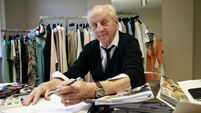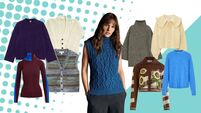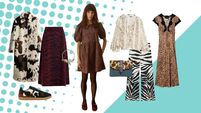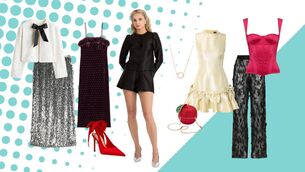Tried and tested: The best face masks to buy now
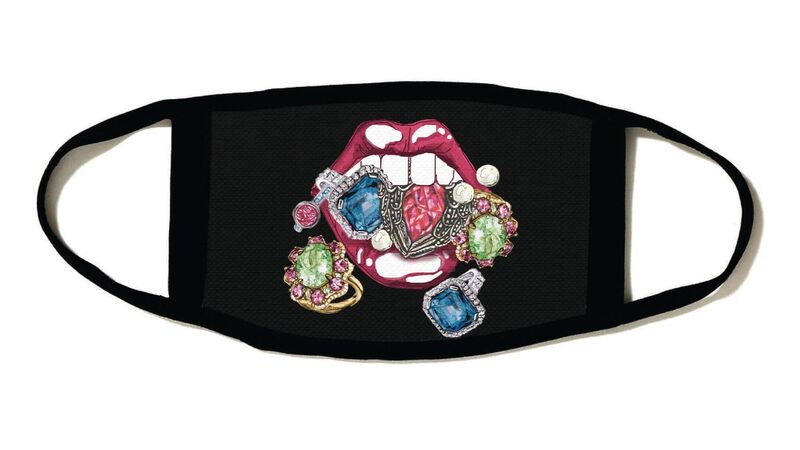
Fashion reflects the times in which we live. Sometimes it defines it. As contexts shift and new orders emerge, how we dress takes on a new shape, creating talismans of cultural significance.
Free-spirited 60s mini-skirts, empowered 80s shoulder pads, and showy Celtic Tiger IT bags may all be meta in meaning, but nothing defines a moment quite like 2020’s de facto accessory — the face mask.
Since the onset of the coronavirus pandemic and subsequent quarantine measures, terms like droplets, homologation, and filtration have peppered our lexicon, making our ‘new normal’ feel like the plot of a dystopian post-apocalyptic blockbuster.
Coupled with a global shortage of medical-grade masks and lockdown-life as a more permanent reality, designers and brands quickly pivoted to creating stylish iterations of face coverings, some brandishing bows or smiley faces; others more in their utility appeal.
Now mandated to be worn in shops, on public transport, the mask, as we know it, has segued from niche PPE status to that of everyday civilian staple.
Not that this is anything new. Historic health crises like the Black Death of the Middle Ages, China’s Great Manchurian Plague (1910-1911) and Covid-19’s first cousin, the Spanish Flu (1918-1919), not to mention subsequent outbreaks of SARS (2002) and MERS (2012) have all contributed to the semantics of the mask as a protective measure — both civic and self-motivated.
The fashion bit? That would come later.
Masks during the 1918 pandemic were made of oppressive six-ply cotton gauze, while the progenitor of the pathogen-proof N95 respirator we’ve come to collectively covet has its roots in, of all things, the humble bra. Brainchild of industrial designer Sarah Little Turnbull, the bubble-shaped non-woven prototype was inspired by her work on the first moulded brassiere-cup for the 3M company in 1961. Unable to block pathogens, Turnbull’s creation was marketed instead for dust filtration.
Fast-forward to 2020, and with a dearth of medical masks for healthcare workers, the elderly, vulnerable, and those who’ve tested positive for coronavirus, the World Health Organization has since advised healthy citizens to wear fabric face coverings.
The result? The Tower of Babel. Two-ply or three-ply? Filter or no filter? Is a nose-bridge necessary? Does cloth provide a protective seal? Will a simple scarf do the trick?
Milliner-turned-mask-maker Martha Lynn knows this too well. Having originally made masks for her friends’ weekly lockdown supermarket trips, the London-based Roscommon native conducted six weeks of design research to perfect her design template. As a volunteer for the NHS, Lynn understood the importance of safety and contamination. As a designer, she also understood how to parlay her product for public consumption.
“I wanted my masks to be comfortable as I knew people wouldn't wear them otherwise," she says. "They had to be soft against the skin, around your ears, not pressed up against your mouth, fit your face, come under your chin, and fit snug against your nose. The fabric is made up of two layers of soft and breathable cotton jersey with a thin layer of neoprene — used in wetsuits and anti-pollution cycling masks — in between.”
Right on board then with WHO’s ‘hybrid’ three-layer fabric mask guidance: an absorbent inner, a middle layer that filters and an outer layer made from a non- absorbent material like polyester. Boasting red and blue chevron stripes, the mask has won favour on social media with personalities like TV presenter Kathryn Thomas and Today FM radio host Alison Curtis.
The graphic colourways have also activated tribal allegiances between rugby rivals in Cork and Dublin. “There have been some comments about how popular the ‘Munster mask’ versus the ‘Leinster mask’ will be when the rugby season starts again,” says Lynn. “The colours were chosen because I love red and blue; totally oblivious to the rugby, but I'm enjoying the banter as a Connaught lady.”
As a nation hardwired for the craic and chats, this pro-social symbolism makes the modern mask a force of reckoning. With smiles undercover and non-verbal communication more difficult to interpret, Galway company Irish Socksciety, known for its slogan socks, pivoted from feet to face with adult and child ‘How Ya’ masks retailing at an affordable €4.
Co-founder Joanna Zalech explains. “The objective of the phrase 'How Ya' at the front of the mask was to ensure that people are safe and sound at the same time.
Instead of reinforcing the collective feeling of vulnerability and fear, Zalech and her team tapped into the best proverbial medicine - laughter.
Similarly, Monaghan designer Natalie B Coleman plumbed the maximalist depths of her aesthetic in response to the pandemic, seeing a stylish covering not as an adjunct but as a motivating factor to wear one. “It is so important for people to wear masks, so they may as well be a way to express themselves. We look for ways to stand out and to communicate as people,” she adds, “So, why have them as purely functional when they can be beautiful and fun?”
Beautiful and fun they are. Coleman’s masks – a favourite with Irish celebrities like TV presenters Laura Whitmore and Vogue Williams; actress Aoibhinn Garrihy and model Erica Cody – bear the hallmarks of delicious escapism. Some have lace detailing with frilled and pleated edging; others boast bias-cut ties and bows as well as ruched elastic loops for the ears.
Masks are either made of two layers of one- hundred per cent silk or digitally printed organic cotton jersey (both fabrics have proven efficacious in filtration); each one has a pocket between each layer for an optional filter. Not only are Coleman’s coverings pretty and practical but a share of the profits is also donated to Woman’s Aid – a charity that helps women and children in Ireland that are vulnerable to domestic violence.
Maybe that’s the real meaning behind fashion’s 2.0 face mask – a stylish salve that communicates solidarity, civic care and, most of all, optimism. If we’re in this together, we may as well make the most of it.
Face coverings act as a barrier, not a preventative measure against COVID- 19. Apply and remove by the elastic or the ribbon ties with clean hands, taking care not to touch the front of the mask. Wash immediately after use or, if in transit, store it in a bag to prevent cross-contamination.

Galway-born sock company, Irish Socksciety, known for its idiosyncratic slogans has created the HowYa mask: a double-layered reusable face covering that brings a human element back into focus with the antidote of humour. Price: €4.
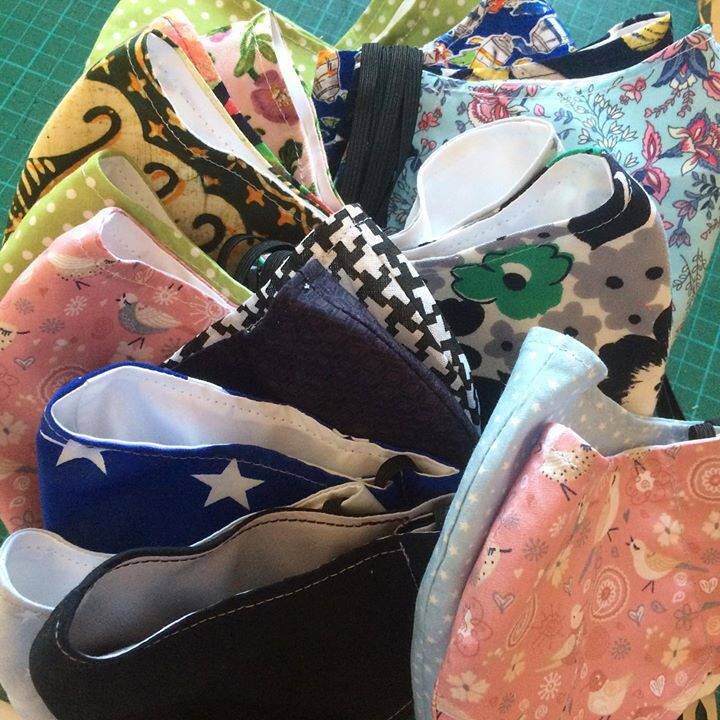
Headed by designer Ali Wheeler, Clonakilty Clonakilty shapewear brand Hot Knickers Lingerie offers double-layer cotton and silk face coverings; some styles available with matching scrunchies and headbands. All reusable and washable.
Price from €8.50.

Mango has introduced locally produced reusable safety face masks in its collection.
Created in a single size for women and men and three different sizes for children, the styles allow for 90% filtration efficiency, 60% breathability and adapt to the facial contours of each person. Price: €9.99.

The ISKO Vital™ Supreme eco-friendly face cover is produced with biodegradable organic cotton and latex-free elastic straps and can be washed up to thirty times. Its unique four-fold design offers a more comfortable fit. Available in various colours and three sizes. Price: €14.94 x 3-pack; 6-pack x €29.88; 9-pack x €44.82.
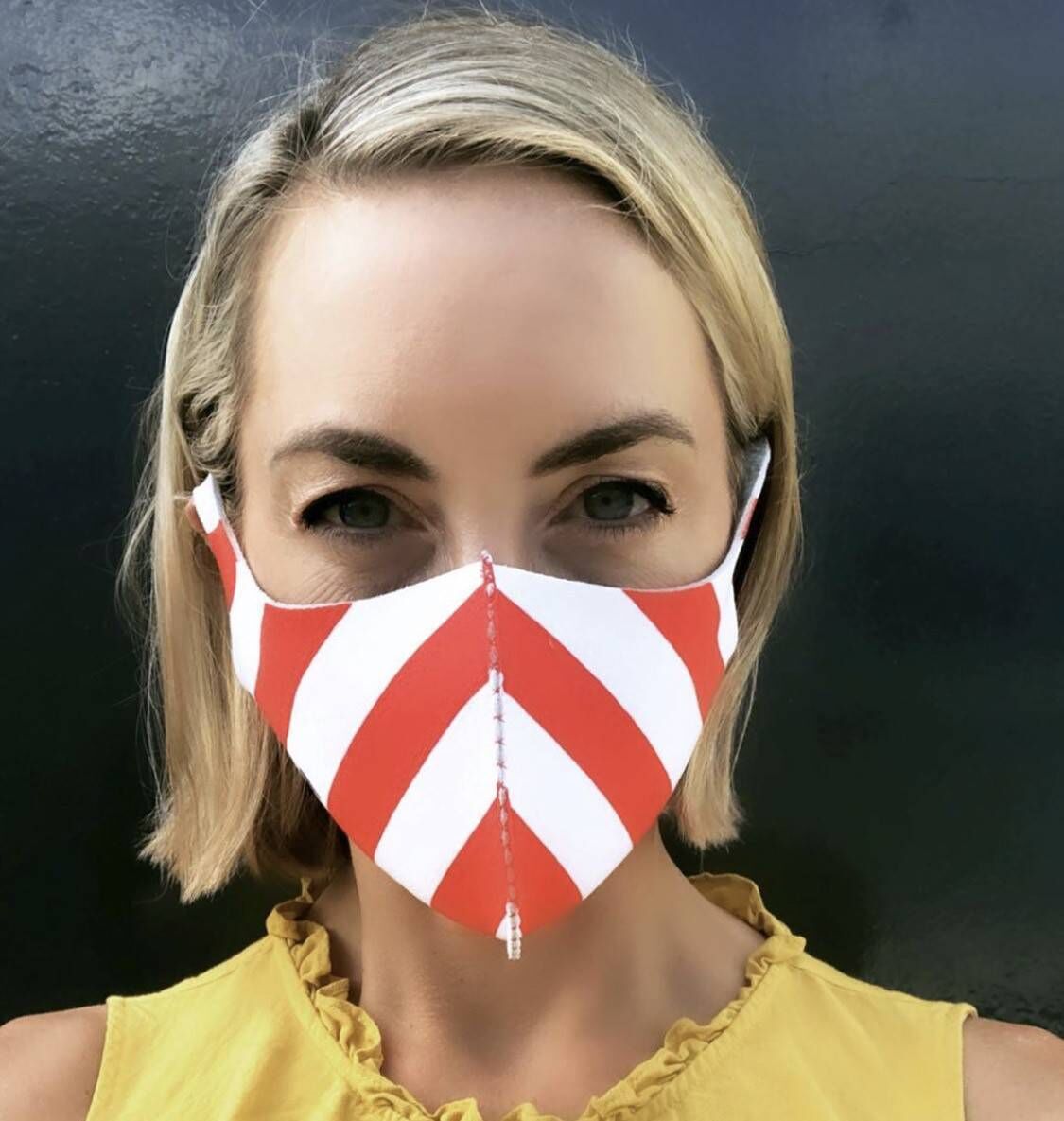
Irish milliner Martha Lynn’s face masks are made from three breathable soft layers of fabric. Available in two colours and two sizes, each signature chevron style is handmade, reusable and washable. A percentage of every mask sold is donated to Doctors Without Borders/Médecins Sans Frontières (MSF). Price: €17.
www.marthalynnmillinery.com/the-mask

Stable of Ireland’s travel mask is reusable, sustainable and locally-made from two layers of earth-friendly Irish linen. Breathe comfortably for extended periods thanks to antimicrobial, anti-allergenic fabric with a nose wrap for protection against airborne droplets. Price: €20

Irish designer Natalie B Coleman’s limited-edition styles are made with two layers of silk or digitally printed organic cotton, finished with an inner layer filter pocket. A share of profits goes to Women's Aid, Dublin charity. Price €25.
www.nataliebcoleman.bigcartel.com

For each washable cloth mask bought from social design enterprise brand We Make Good, one is donated to someone living in Direct Provision. Coverings are made by present and past employees of The Textile Studio - a charity that provides jobs and training to refugee women, plus much-needed income at this uncertain time. Price:
€25.





